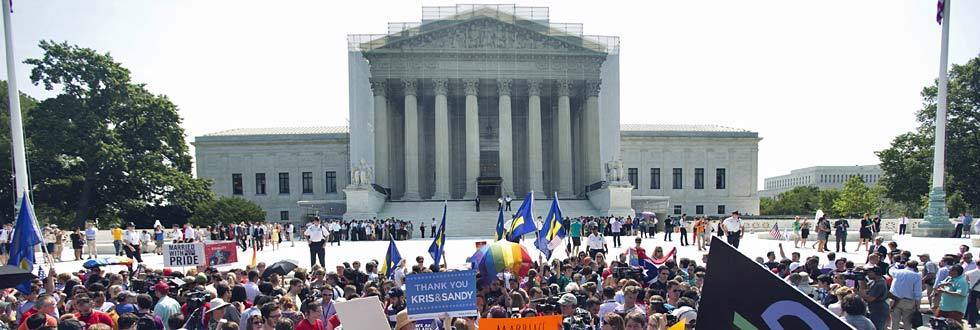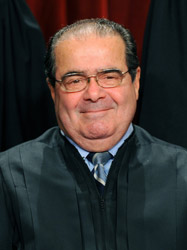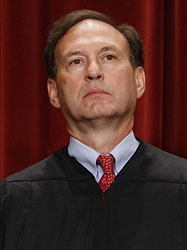Timeline
Highlights from the DOMA decision
The Defense of Marriage Act, the 1996 law exempting gay couples from federal marriage benefits, has been struck down by the Supreme Court. Below are key excerpts from the court’s ruling.

Timeline: Gay marriage across the U.S. | Photos: Scene after the rulings | Cheat sheet: DOMA vs. Prop. 8 | Full coverage

Justice Kennedy, in the majority opinion, makes the case that DOMA's effect has been wide-ranging.
DOMA, he says, sets broad federal rules that should be left to the states to decide.
Kennedy says DOMA has caused injury to a group of people that state laws are trying to protect.
Kennedy, speaking for the majority, holds that DOMA is unconstitutional and in violation of the 5th and 14th amendments.

Justice Roberts disagrees that the original decision was made explicitly to harm others.
Roberts says the central issue of the case, the use of the 'traditional definition of marriage,' is left undecided.

Justice Scalia argues that the Supreme Court has no authority in this case. A proper case, he says, requires an injured party.
Scalia says the language used in the majority opinion will open the door for state proponents of same-sex marriage across the country.
Opponents of same-sex marriage are not monsters, Scalia says, but the majority opinion leaves no middle ground.

Justice Alito argues that 5th Amendment protects traditional liberties; it does not apply to same-sex marriage, a new concept.
Alito says the case has no business being decided by the court, but rather should be determined by the people and their representatives.
Alito agrees with the majority sentiment that the ultimate decision should be the responsibility of each state.
| Advertisement |
|
|
This page was created by the Data Desk, a team of reporters and Web developers in downtown L.A.
- Track our latest projects »
- Fork our open-source code on Github »
- Send us e-mail at datadesk@latimes.com »
